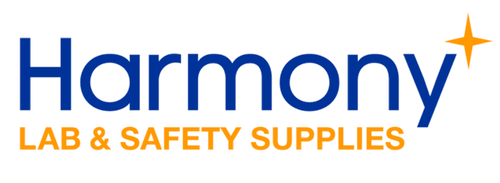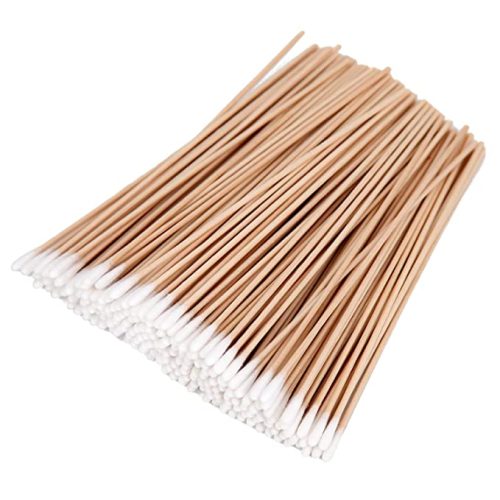A Comprehensive Guide to Cleaning Swabs
Cleaning swabs are essential tools for maintaining and cleaning delicate equipment and surfaces. They are widely used in electronics, cleanrooms, and medical settings.
Removing dirt, debris, and contaminants from delicate surfaces, manufacturing equipment, or patients prevents harm.
This process is crucial in ensuring sensitive equipment’s optimal performance and longevity.
Cleanrooms and Electronics
In cleanrooms and electronics manufacturing, cleaning swabs keep contamination out of production, improving yield and ensuring consistent performance. Using carefully engineered cleaning swabs, such as Coventry™ swabs, assists critical environments in being free from contaminants.
Medical Equipment and Devices
Cleaning swabs are also indispensable for maintaining and cleaning medical equipment, particularly testing devices.
Cotton-tipped swabs remove contamination without damaging components.
Proper maintenance of valuable equipment extends its lifespan and ensures accurate results.
Types of Cleaning Swabs
Various cleaning swabs are available, each designed for specific applications and industries. These swabs are typically made from polyester, foam, and specialty fabric.
Polyester
Polyester swabs are commonly used in cleanroom and electronic cleaning applications.
These swabs are made from engineered clean materials and are often laundered in a controlled environment to ensure their cleanliness. Coventry™ polyester swabs, for example, are laundered in Class 10 (ISO Class 4) cleanrooms.
Knitted
Knitted swabs are a type of polyester swab designed with no seams or edges. This unique design prevents the swab from scratching delicate surfaces, making them ideal for sensitive applications.
Foam
Foam swabs are another popular choice for controlled environments and industrial applications. These swabs are made from soft, non-abrasive foam suitable for cleaning delicate surfaces without causing damage.
The material works with isopropyl alcohol and other solvents.
Static Control
Static control swabs are designed to eliminate static buildup on surfaces, making them ideal for electronics manufacturing and repair applications.
These materials are specifically engineered to dissipate static charges.
Static swabs are just one part of any effective static control environment.
Proper Use of Cleaning Swabs
To ensure the optimal performance and longevity of your cleaning swabs, it’s essential to use them correctly. This includes selecting the appropriate swab for your application and following the recommended usage guidelines.
Using Swabs in Cleanrooms and Electronics
When using cleaning swabs in controlled environments, such as cleanrooms and electronics manufacturing, selecting a swab designed for this purpose is crucial.
Coventry™ swabs, for example, are engineered to meet the stringent cleanliness requirements of these applications. Always follow the manufacturer’s instructions for proper use, and be mindful of potential contamination risks.
Proper cleaning and maintenance of your cleaning swabs are essential for ensuring their effectiveness and longevity. Regularly cleaning your swabs helps to remove dirt and restore their absorbency.
Replacing Swabs
Swabs should be replaced if they are still dirty after washing or show signs of wear and tear. Using a damaged or dirty swab can cause harm to delicate surfaces and compromise the effectiveness of your cleaning process. Additional fibers may shed, causing lint to dissipate.
Conclusion
Cleaning swabs are vital for maintaining and cleaning delicate surfaces and equipment in critical industries.
By selecting the appropriate type of swab for your application, using it correctly, and maintaining it properly, you can ensure your cleaning swabs’ optimal performance and longevity.
Remember to replace your swabs to maintain their effectiveness and protect the surfaces you are cleaning.

